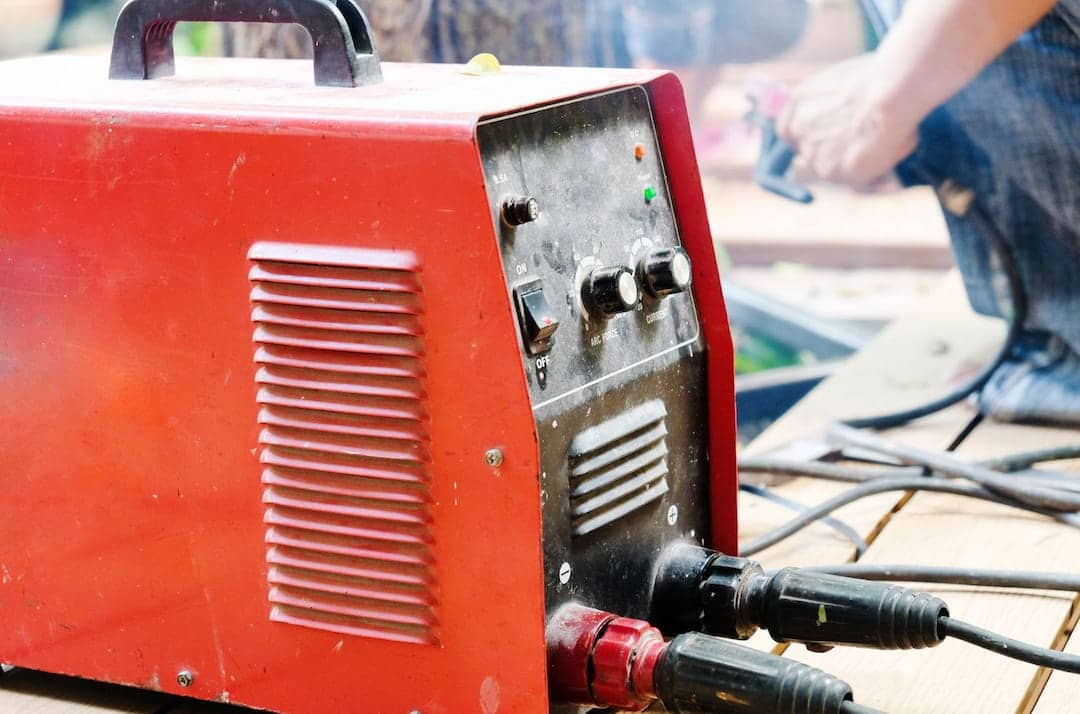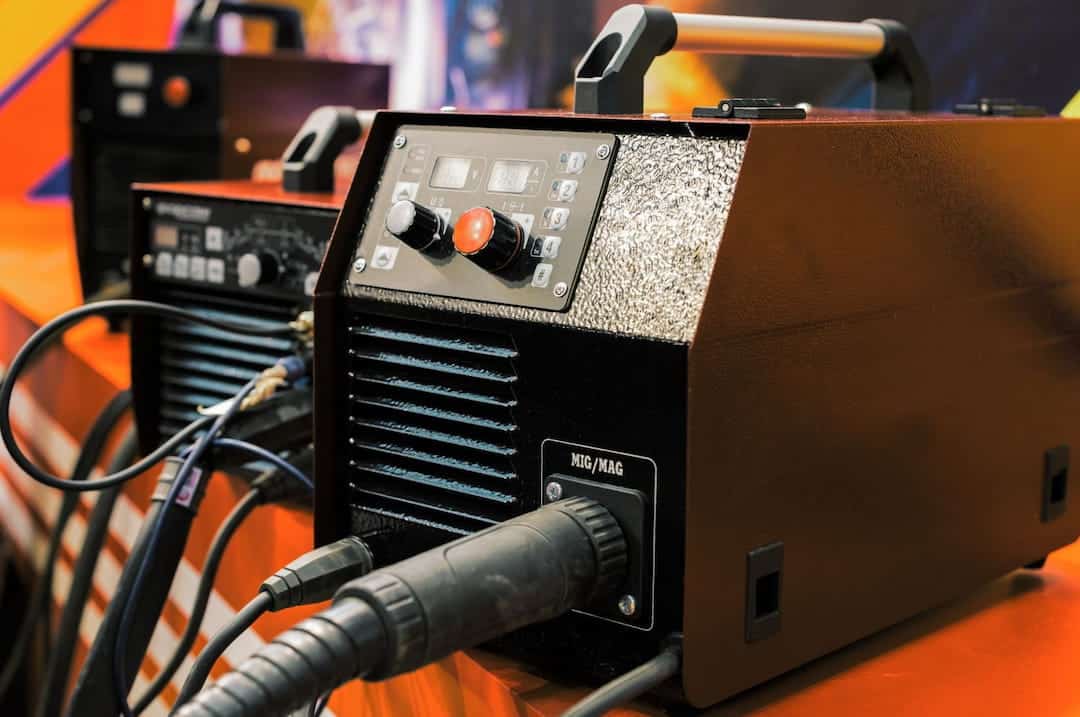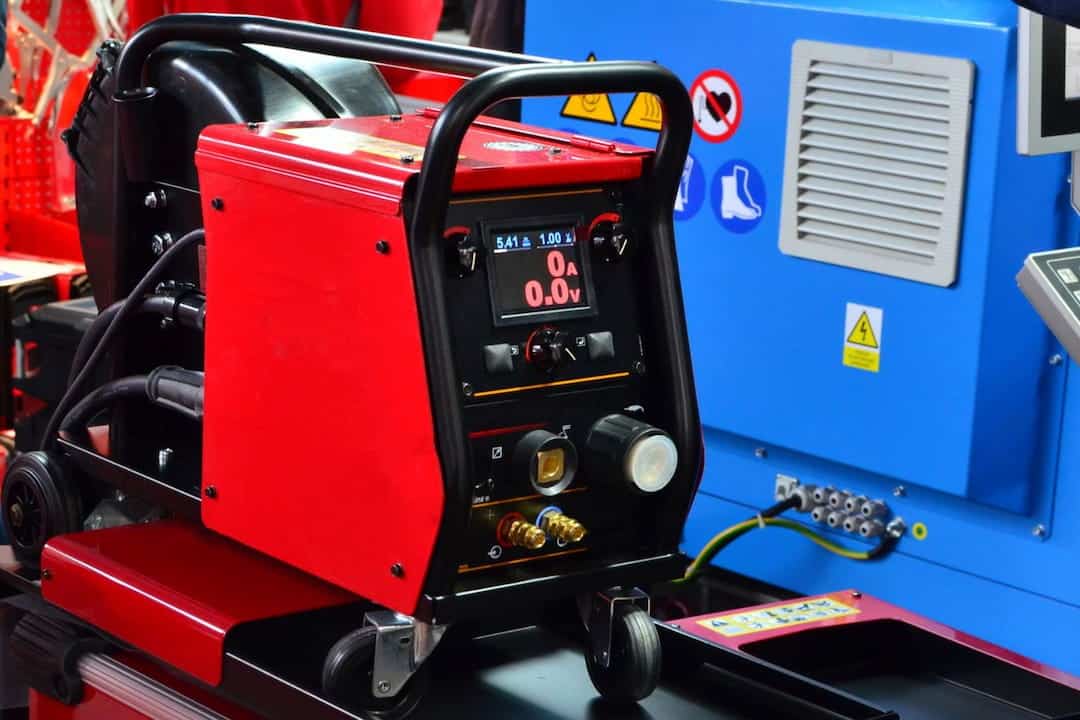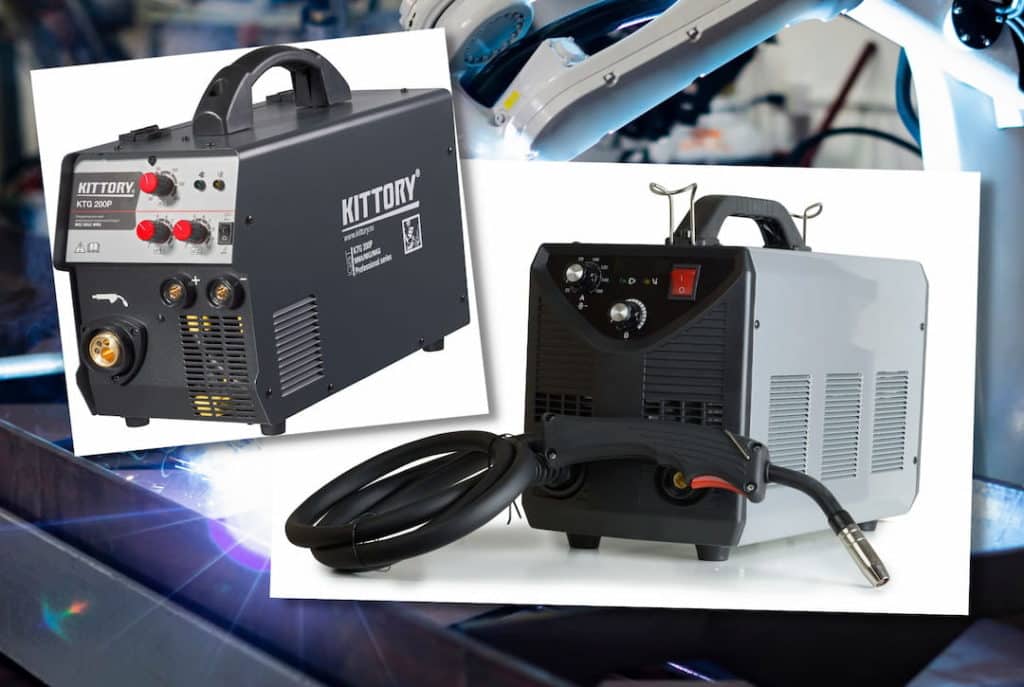Welding is a complex and highly specialized trade. As welders, it's essential to understand the various welding processes available to make informed decisions when choosing the right equipment for your projects. Deciding between an inverter vs transformer welder depends heavily on project requirements, budget constraints, and skill level - better understanding these two technologies can help you select which is best for you as a welder.
Table of Contents
In this blog post, we will explore these two types of welding machines and discuss their differences in detail so you can decide which one is more suitable for your needs. Ready to learn more? Read on!
Key Takeaways
- Inverter welders machines are typically smaller, lighter, and more compact than transformer welders machines, making them easier to transport and use on job sites. They also offer greater flexibility in power output, while transformer welders are heavy-duty machines better suited for heavy-duty welding projects.
- When choosing a welder, it's important to consider factors such as the type and thickness of metal you'll be working with, the type of welding you'll be doing, your budget, and your experience level with each type of welder.
- Having the right tool in hand is crucial when tackling a welding project. Research different brands and models, read reviews, and get recommendations from experienced welders to make an informed decision.
What is an Inverter Welder, and How Does it Differ From a Transformer Welder?
An inverter welder is a machine that uses digital circuitry to convert incoming AC power to smooth DC output power. This type of welder differs from a transformer in design and function. Inverter welders are typically smaller, lighter, and more compact than transformer welders, making them easier to transport and use on job sites.
They also have greater control over the welding process, allowing adjustments to the welding current, voltage, and frequency. As a result, inverter welders are often preferred by professional welders who require precision and versatility in their work.
Inverter Welders vs Transformer Welders – Which One is Better for Your Project?
Regarding welding, two main types of machines are available - inverter welders and transformer welders. Inverter welding machines are usually lighter and more compact than their transformer counterparts, making them more energy-efficient. They also have greater versatility, allowing them to be used for welding different materials regardless of thickness. On the other hand, transformer welding machines are heavy-duty machines ideal for bigger welding projects. They are more reliable and long-lasting than inverter welders and require less maintenance.

Pros and Cons of Each Type of Welder to Consider When Making a Decision
A MIG welder is great for welding thick metal and producing clean welds, but it requires a lot of experience to use effectively. On the other hand, TIG welders are ideal for precision welding on thinner metals, but they are not suitable for thicker materials. Stick welders, which use an inverter welding machine, are versatile enough to handle thick and thin materials; however, they create more slag and require extra clean-up. The type of welder you select should be based on your project requirements and your level of familiarity with each welder. Researching options and consulting with a professional is always the best approach before deciding.
Steps to Take When Shopping for the Right Welder for Your Project
Shopping for the right welder can seem overwhelming at first, but there are a few steps you can take to make the process easier. You can start by determining the thickness and type of metal you'll be working with and then consider the type of welding you'll be doing. Many welders are built with insulated gate bipolar transistors (IGBTs), which allow for more precise control over the welding arc and provide consistent performance.
Next, set a budget and research different brands and models to find one that fits your needs. Be sure to read reviews and get recommendations from experienced welders to make an informed decision. Remember to consider the machine's power source and portability, as these factors can greatly impact your welding experience. With a little research and consideration, it's easy to select a welder with insulated gate bipolar transistors (IGBTs) for your project.

Tips On How to Make Sure the Welder You Choose is the Best Fit for You
Choosing the right welder can seem daunting, but with some guidance, you can feel confident in your decision. It's important to ensure you choose a welder with the right qualifications, experience, and equipment to ensure your project is completed successfully. Look for certified welders with a strong track record for completing similar projects. Be bold and ask for references or examples of their work.
Maintenance Advice for Both Types of Welders and What to Look Out For
Welders are essential equipment for anyone engaged in metalworking or related activities, and transformer machines are key components in these welders. There are two main types of welders: MIG and TIG, each with unique features and maintenance requirements. Regularly cleaning the welder, including the transformer machines, is crucial to ensure that no dust or debris accumulates in the machine and affects its performance. Checking hoses, wires, and transformer machines regularly for cracks and ensuring they are securely connected is essential too.
Monitoring the welder’s temperature gauge and lubricating it regularly, including the transformer machines, can help to extend its lifespan. Taking care of your welder, including the transformer machines, and following these maintenance recommendations will help keep it operating at peak capacity, avoiding costly breakdowns.

FAQs
What’s the difference between an inverter welder and a transformer welder?
An inverter welder, or inverter machines, uses electronic circuits to convert the input AC voltage to DC and then utilizes high-frequency switching to control the output current. This technology is much more compact and lighter and offers a higher degree of precision when compared to transformer welders.
The resulting welding arc from inverter machines is typically smoother and more effective when welding thin materials thanks to the higher frequencies it can operate at. Moreover, inverter machines are far lighter and easier to move around than transformer welders, making them the preferred choice for many welding applications. Inverter machines provide durability and reliability, making them an ideal choice for any welder.
Which type of welder is more powerful?
The power of a welder is typically measured by its output amperage, which is the amount of electrical current that the welder can deliver to the welding process. In general, inverter and transformer welders can produce high-output amperes, but the exact power output can vary depending on the specific model and manufacturer.
The power output of a welder is determined by several factors, including the input voltage, the efficiency of the electrical conversion process, and the type of welding process being used. In some cases, an inverter welder may deliver a higher output amperage than a transformer welder due to its ability to operate at higher frequencies and produce a smoother welding arc.
Which type of welder is more efficient?
Inverter and transformer welders are both arc welding machines produced, but inverter welders are more efficient than transformer welders as the question arises inverter vs transformer. This is because the inverter technology uses electronic components to convert the input voltage into a precise output for welding, which reduces energy waste and increases control over the welding process. In addition, inverter welders typically operate at higher frequencies, resulting in a more stable and consistent welding arc.
This increased stability allows for a more efficient energy transfer from the welder to the welded material, contributing to greater efficiency overall. Inverter welders can adjust their output amperage based on the specific welding application, ensuring that only the necessary power is used for the job. Therefore, if you want to buy inverter welding machines, they are a great option due to their efficiency and cost-effectiveness.
Conclusion
Ultimately, the type of welder – inverter vs transformer welder – you choose for your project depends largely on what materials you are working with and the level of precision necessary for the job. Remember some key considerations when choosing a welder, such as portability, cost, power output, and duty cycle. As well as how easy it is to maintain it and how much access you will have to replacement parts.
It is important to remember that both welders need proper maintenance to function correctly. Ultimately, choose a welder that fits your specific needs and budget. Taking into account all the points mentioned above, you can be sure to make an informed decision when shopping for a welder.
